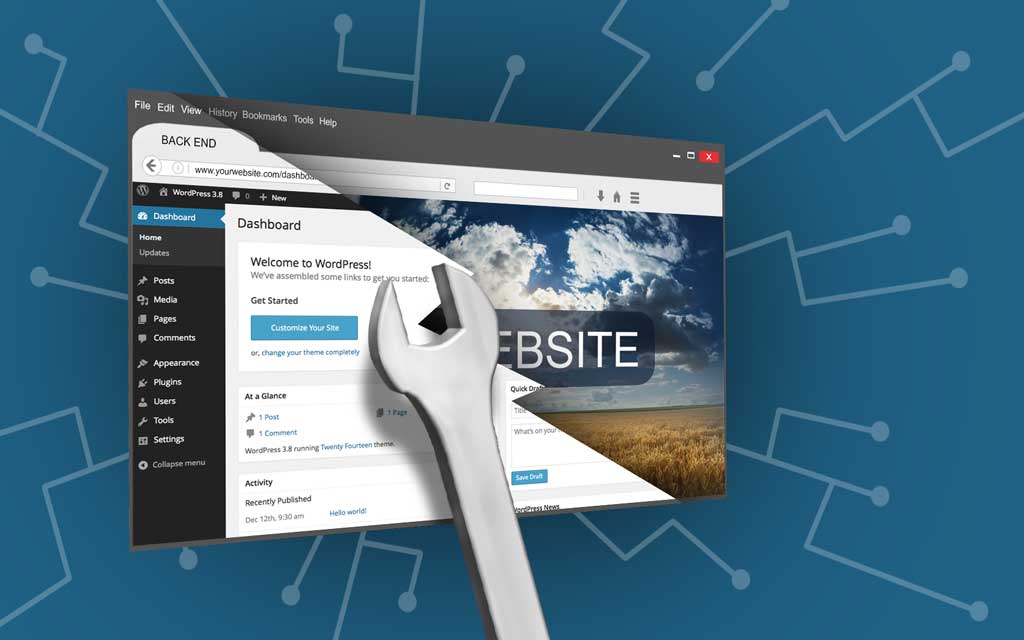Want to Learn Web Development? Here’s Where to Start!
 Web development is by definition a broad term which includes many different aspects of website or web application development, but traditionally people interpret it rather loosely. Web product development envelops each step of the entire building process – from the birth of an idea, design, programming, testing, all the way to the server deployment.
Web development is by definition a broad term which includes many different aspects of website or web application development, but traditionally people interpret it rather loosely. Web product development envelops each step of the entire building process – from the birth of an idea, design, programming, testing, all the way to the server deployment.
An engineer, however, would disagree with this being a singular process: web design, the part in which you play with drawings and vectors, creating a mockup of the final product, and web development, the part in which you turn ideas and graphics into the final product, are two distinct processes. Also, as the expansion of www services made the complexity of websites and web apps ever growing, a strict line had to be drawn between the frontend (user experience) and the backend (administrative tools).
In order to determine the best course of action once you’re ready to step into the world of web development, you must first decide which of these two domains you would be more comfortable at – unless, of course, you’re among those who are equally good at both. The best frontend developers are usually masters of HTML, CSS, JavaScript and at least several of its frameworks and/or libraries, creative and intuitive, able to solve complex UX/UI challenges in a variety of ways.
 Backend developers, on the other hand, do not, and should not, care much about the way things look and feel. They are programming languages and database experts (PHP/MySQL, Python, Ruby), and algorithm and optimization wizards. Their coding makes things happen in the frontend and creates interfaces which enable users to perform website maintenance without having to tangle with complex computer languages. Besides, backend developers must have a solid knowledge of frontend to predict frontend outputs based on backend inputs accurately. In case you are still unable to make a decision, and perhaps your motives are solely of financial nature, then backend is definitely the way to go.
Backend developers, on the other hand, do not, and should not, care much about the way things look and feel. They are programming languages and database experts (PHP/MySQL, Python, Ruby), and algorithm and optimization wizards. Their coding makes things happen in the frontend and creates interfaces which enable users to perform website maintenance without having to tangle with complex computer languages. Besides, backend developers must have a solid knowledge of frontend to predict frontend outputs based on backend inputs accurately. In case you are still unable to make a decision, and perhaps your motives are solely of financial nature, then backend is definitely the way to go.
Either way, each web developer must first master the universal language of all browsers, HTML, because it’s the ultimate product of each web developer’s action. Once you learn HTML, you can create static multimedia content and place elements on pages. If you want to customize them a bit, and not merely use default styles, you simply must know your way around CSS.
And if you require some advanced user interaction with the elements – well, that’s what JavaScript is for. Plus it’s needed for any backend interaction as well. Once you learn how to handle these three and decide it’s time to move to something more advanced, you’re ready for the backend. Here you have a variety of choices, all ultimately depending on the application of the software and its complexity.

